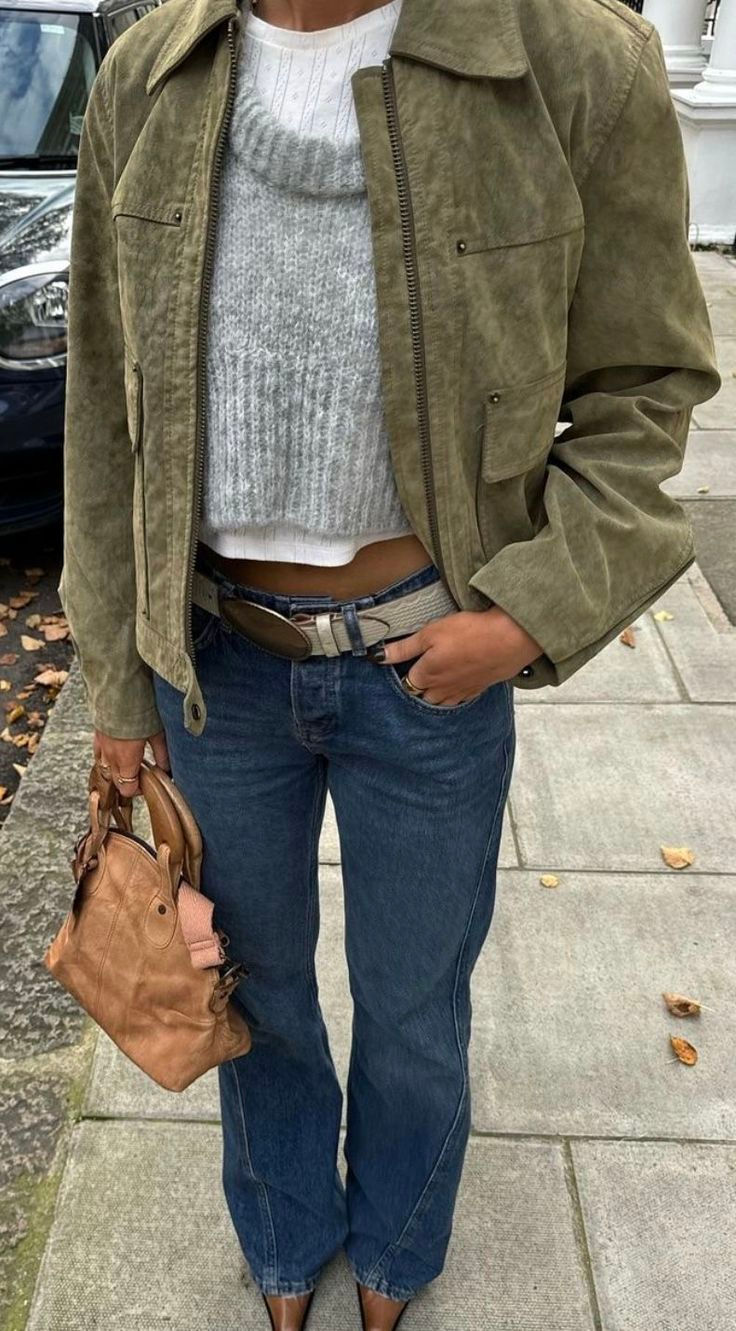Campus Attire: Does Our Lack of a Dress Code Complicate Clothes for Girls?
- Paetyn Naidoo
- Feb 13
- 2 min read
As winter approaches, the de rigueur clothing for boys has never been so simple.
Similar to many other trends and fads, fashion has evolved on campus in the past couple of years. From once abiding by the strict dress code which prohibited students from wearing sweatpants, leggings, athletic wear, shirts with big logos, and spaghetti strapped tops, the student body was fed up and demanded change. First brought up in congress (senate), the movement for free expression and the right to comfort took campus by storm. This heated discussion bred animosity and created division through conversations about professionalism versus comfort. After students corralled support from select teachers, the era of fashion and comfort inched ever closer to the Middlesex campus. Finally the work of the student body had paid off and legislation was passed.
For boys, fashion has never been easier. Most commonly, boys wear sweatpants and a hoodie. The standard is so relaxed amongst teenage boys that some feel no pressure whatsoever: “I just wake up and throw on whatever looks clean on my floor” says Max Linton 25’. Although Max is clearly already into college and his standards have fallen short of the average student, this mindset seems to represent the broader male student body adequately.
On the other hand, the first dilemma that splintered the golden image of free expression for girls was the pressure to fit in. Still very much an issue today, students are provoked by their peers to present themselves in only socially acceptable ways. This pressure has weeded out favorable brands such as Lululemon, Aritzia and Madhappy, which have all found themselves at the top of the teenage-girl-fashion-food-chain. Not only are clothing items critiqued, but footwear as well. Ugg, Adidas and Veja have likewise proven themselves worthy to the student body. The elevation of certain brands—examples of “conspicuous consumption”—has slowly eaten away at a once praised movement for comfort and expression. Additionally, the social acceptance of seasonal options have become increasingly rigid. The first day of school especially acts as the pinnacle of Middlesex fashion. Many students spend the last few days of their well earned breaks formulating the perfect outfit for their debut. Consequently, the first week of school has been comically deemed Middlesex fashion week. Although jokingly said, the idea that Middlesex fashion week rivals the stress levels of cumulative exams week shows the underlying stress and anxiety that a no-dress-code system ensues.
All this excess stress and anxiety begs the question: Would the Middlesex student body benefit from reinstating the dress code? Or would it inevitably divide students and teachers in arguments over freedom of speech and expression?
After inquiring with a large portion of the male population on campus, they feel one hundred percent satisfied with the current state of affairs and commonly agree on a no-dress-code system. And although some girls also feel as though they are able to express themselves freely and independently from what their peers think, there is a portion of the student body, who like the average teen, invests lots of energy into conforming to the expected perception of others. Has this new system of dress freed the Middlesex student from the once mandated dress code, or simply trapped them in an even more severe system of bowing to social pressures?
Harper Edwards
















Comments